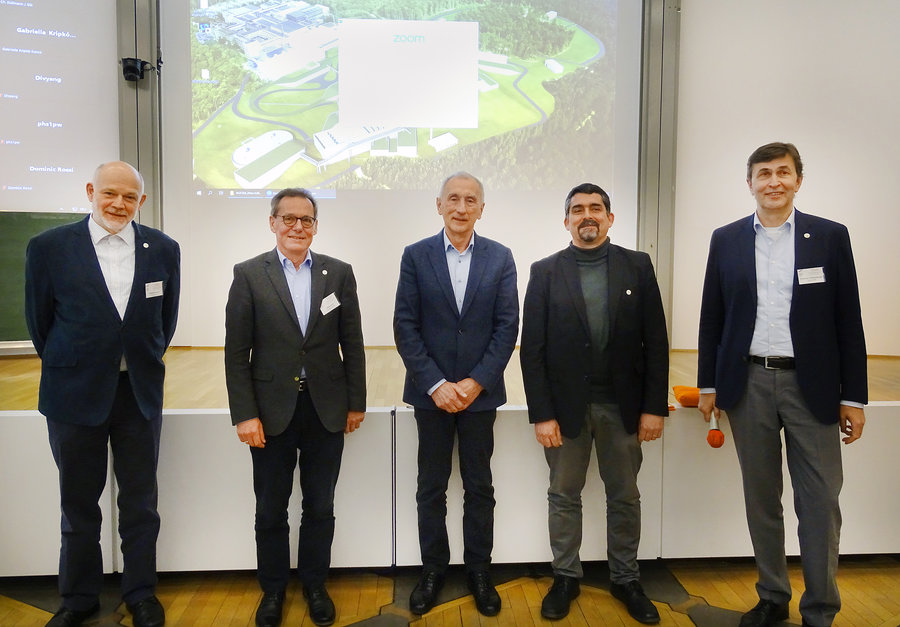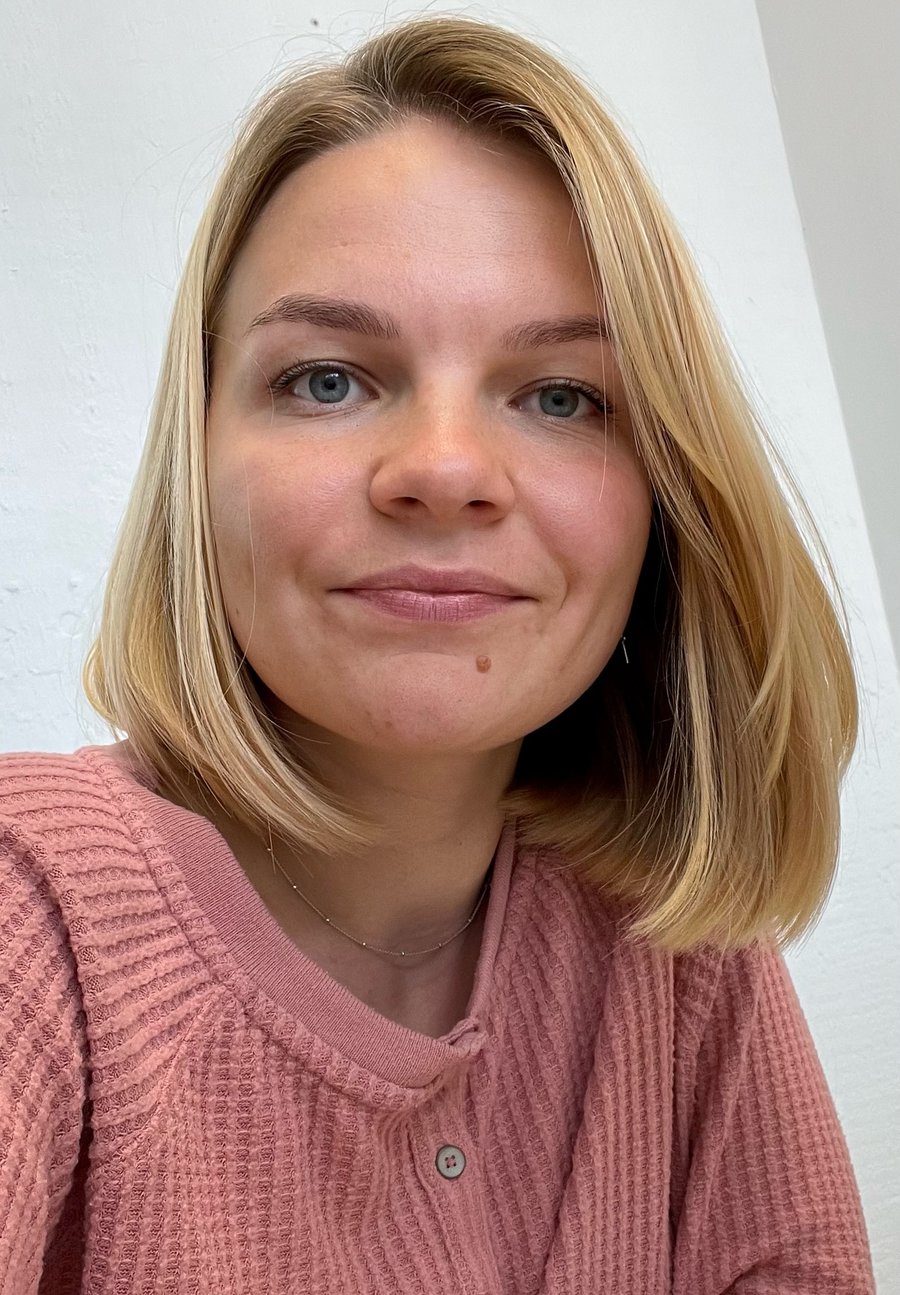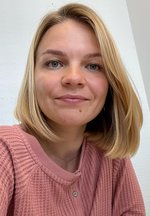FAIR-GENCO Awards 2023
13.03.2023 |
During this year’s assembly of the FAIR-GSI Exotic Nuclei Community (GENCO) in the framework of the NUSTAR annual meeting, the presentation of the Young Scientist Award as well as the admission of three new members took place. The FAIR-GENCO Young Scientist Award went to Dr. Daria Kostyleva of GSI/FAIR. On the occasion of the award presentation a special colloquium with the title “A1900, 20 Years of RIB Production” was held by Professor David J. Morrissey, who is a prominent leader in the area of nuclear chemistry research at the National Superconducting Cyclotron Laboratory of Michigan State University (USA).
Dr. Daria Kostyleva received the Young Scientist Award for the discovery of several new isotopes beyond the proton drip line, the study of the three-proton decay of the potassium isotope 31K, and for her recent contributions to future medical imaging and possibly oncological therapies using radioactive beams as a member of the BARB collaboration (Biomedical Applications of Radioactive ion Beams).
The Young Scientist Award is bestowed annually by GENCO to outstanding young researchers working in the field of experimental or theoretical nuclear physics or chemistry. The winners are selected by an international jury. The award is endowed with 1,000 euros and is handed over during the NUSTAR annual meeting.
Additionally, the GENCO community honored with a Membership Award:
- Professor Dario Vretenar (University of Zagreb, Croatia) for outstanding contributions to contemporary theoretical nuclear physics and in particular a novel approach to nuclear structure and dynamics based on in-medium chiral perturbation theory for nuclear matter
- Dr. Jürgen Gerl (GSI/FAIR) for the development of in-flight gamma-ray spectroscopy of relativistic beams both at GSI and elsewhere and for his relentless effort for many years as NUSTAR technical coordinator
- Professor Luis Fraile (Universidad Complutense de Madrid, Spain) for pioneering the use of innovative fast scintillator materials and application to the fast-timing technique, which have led to a new era in the study of short-lived excited states of exotic nuclei at several facilities world-wide (CP)















